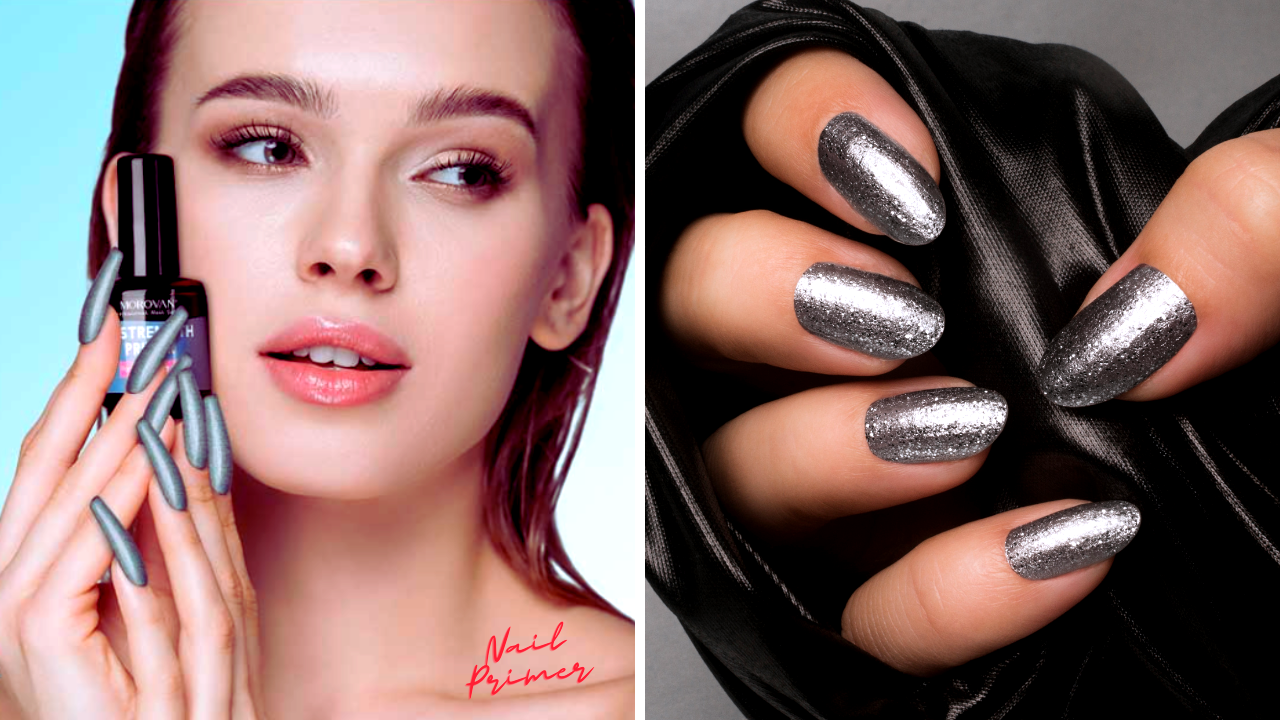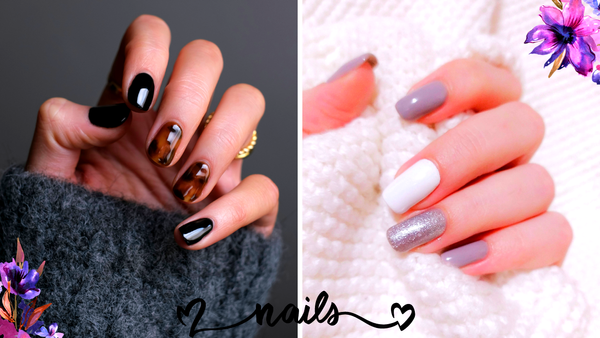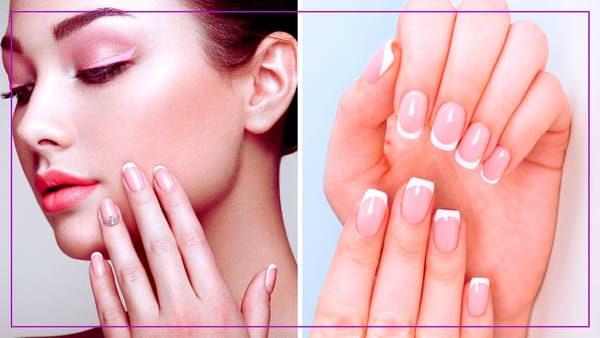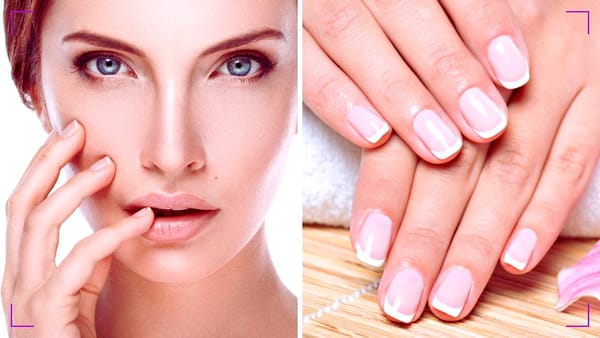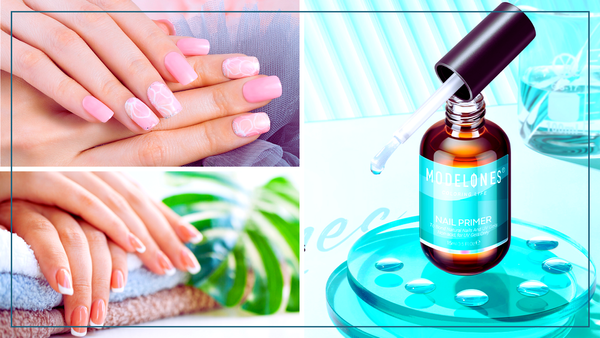Acrylic nails have become a staple in the beauty industry, offering a durable and customizable option for those seeking a flawless manicure. However, the key to a long-lasting acrylic application lies in preparing the natural nail, and that's where acrylic primer comes into play. In this comprehensive guide, we'll walk you through the process of using acrylic primer to ensure your acrylic nails adhere properly and look their best.
Key Takeaways:
- Understand the importance of using nail primer for a strong bond between the acrylic and the natural nail.
- Learn the step-by-step process of applying acrylic primer correctly to prevent lifting and peeling.
- Discover tips and tricks for maintaining the health of your natural nails when using acrylic primer.
The Role of Acrylic Primer in Nail Preparation
Before diving into the application process, it's crucial to understand what an acrylic primer is and why it's an essential step in nail preparation. A nail primer is a solution applied to the natural nail plate before the acrylic powder and liquid are used. Its primary function is to remove oils and create a tacky surface, enhancing the adhesion of the acrylic to the natural nail.
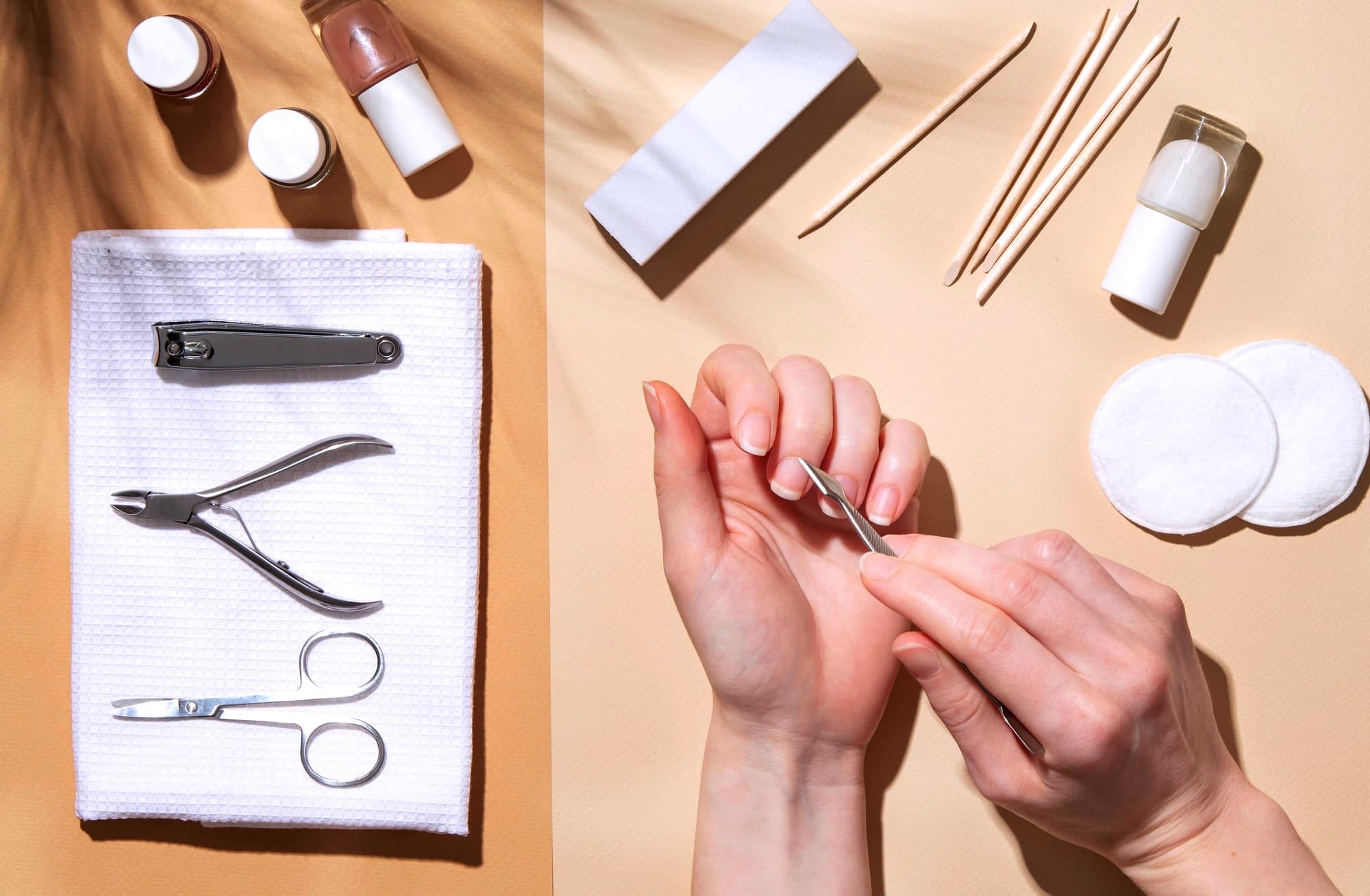
Choosing the Right Acrylic Primer
There are two main types of nail primers: acid primers and acid-free primers. Acid primers are known for their strong adhesion properties but can be harsh on natural nails. Acid-free primers are gentler and are a great alternative for those with sensitive skin or who prefer a less aggressive approach to nail care.
Preparing the Natural Nail
Before you apply primer, it's important to prep the natural nail. Start by cleaning the nail plate with a nail dehydrator to remove any oils and moisture. Push back the cuticles and gently buff the nail's surface to remove shine, which helps the primer and acrylic adhere better.
Sanitization is Key
Always sanitize your hands and your client's hands before starting the acrylic application process. This step prevents the spread of bacteria and ensures the nail bed is clean, allowing the primer to work effectively.
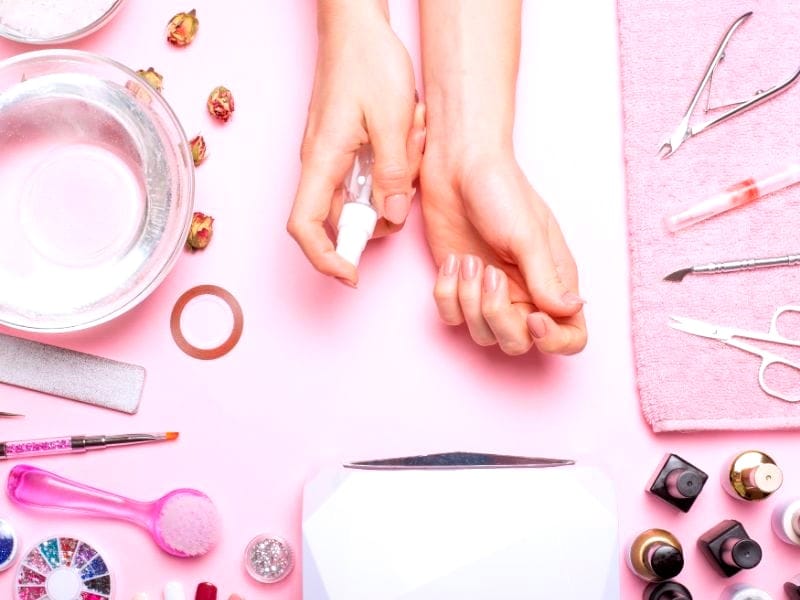
How to Apply Acrylic Primer
Once the natural nail is prepped, it's time to apply the primer. Use a nail brush to apply a thin coat of primer to the entire nail, avoiding the skin and cuticle area. Wait for the primer to dry completely, which usually takes about a minute, before moving on to the next step.
Avoiding Overapplication
Be careful not to overapply the primer, as this can lead to burning sensations and damage to the natural nail. A single, thin coat is sufficient to create the adhesion needed for the acrylic to bond.
The Difference Between Primer and Dehydrator
It's important to distinguish between nail primer and nail dehydrator. While both are used in the prep stage, a dehydrator eliminates moisture and oils from the natural nail, and the primer is used afterward to create a sticky surface for better adhesion.
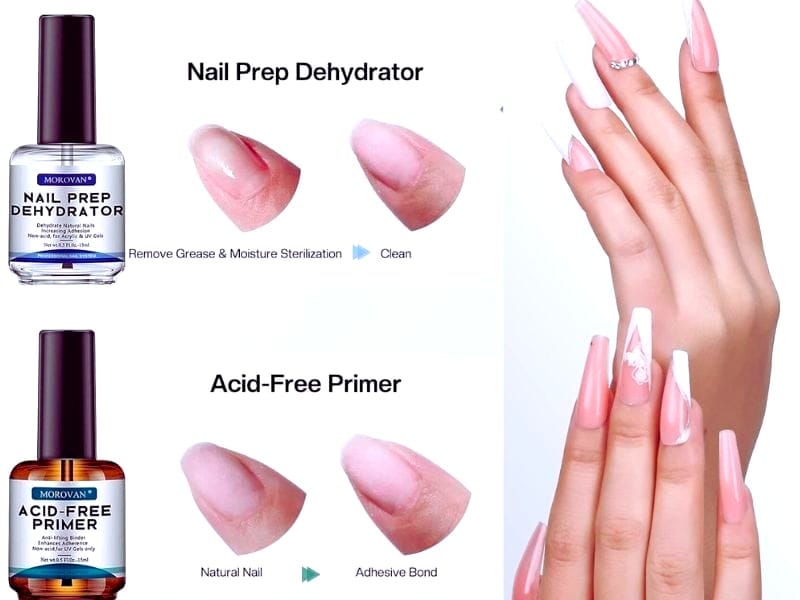
When to Use a Nail Dehydrator
A nail dehydrator should be used before the primer, especially if the client has oily nails or lives in a humid climate. This extra step can make a significant difference in the longevity of the acrylic nails.
Applying Acrylic Over Primer
After the primer has dried, you can begin the acrylic application. Mix your acrylic powder and acrylic liquid to create the bead of acrylic, and apply it to the nail, starting from the smile line and working your way down to the nail tip.
The Importance of Proper Acrylic Application
Proper acrylic application is crucial for preventing lifting. Ensure that the acrylic is not too wet or too dry and applied evenly across the nail plate. This will help the acrylic nails last longer and reduce the risk of peeling.
The Art of Nail Prep: Before You Apply Primer
Before you even think about reaching for your bottle of acrylic nail primer, there's an art to nail prep that must be mastered. Proper preparation of the natural nails is the foundation of a stunning manicure and the longevity of your acrylic nails. Start by gently pushing back the cuticles to expose the entire nail bed. This step is crucial as it prevents the acrylic from lifting due to cuticle oils and skin that might get trapped under the acrylic. Next, use a fine-grit nail file to lightly buff the surface of the natural nail. This removes the shine and any remaining oils or residue, creating a better surface for the primer to adhere to.
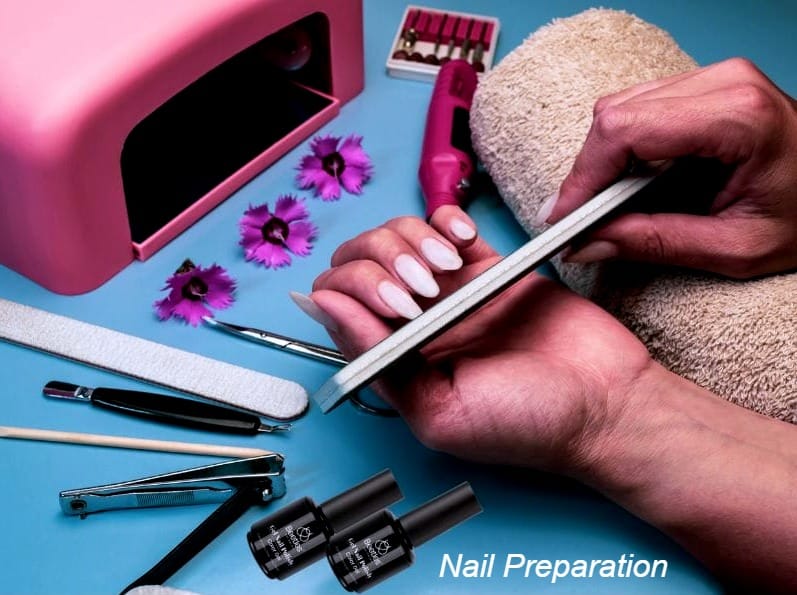
Once your natural nail plate is prepped, it's time to wipe it clean. Using a lint-free wipe soaked in acetone or alcohol will remove any dust and debris from filing, as well as any remaining oils. This step is often overlooked, but it's essential for creating a clean, oil-free surface. After the nail is prepped and cleaned, avoid touching it with your fingers, as this can transfer oils back onto the nail and compromise the adhesion of your acrylics. Now, with your nails perfectly prepped, you're ready to apply primer and begin the transformation into stunning, durable acrylic nails that will be the envy of all your friends.
Using Double-Sided Sticky Tape for Nail Tips
If you're using nail tips, you can use double-sided sticky tape to temporarily hold the tips before applying the acrylic. This helps to achieve a precise fit and makes the acrylic application process smoother.
Securing Nail Tips with Glue
For a more permanent solution, use nail glue to attach the tips to the natural nails. Apply a thin layer of glue to the nail tip and press it onto the natural nail, holding it in place for a few seconds to ensure a strong bond.

The Role of the Acrylic Brush
The acrylic brush is an essential tool for applying acrylic evenly. Dip the brush into the acrylic liquid, then into the acrylic powder to pick up the acrylic bead. Use the brush to pat and smooth the acrylic onto the nail, shaping it as you go.
Choosing the Right Acrylic Brush
Selecting the right size and shape of the acrylic brush can make a big difference in your application. A medium-sized brush with a pointed tip is versatile and allows precise control when sculpting the acrylic.
Aftercare for Acrylic Nails
Once the acrylic has been set, it's important to take care of your new nails. Use a nail top coat to seal the acrylic and add shine. Avoid exposing your nails to harsh chemicals or soaking them in water for extended periods, as this can cause lifting.
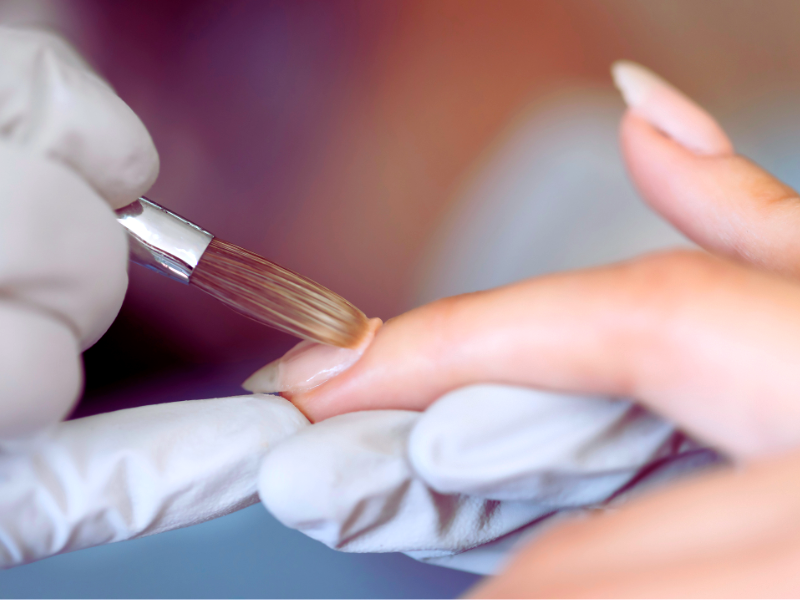
Regular Maintenance is Crucial
Schedule regular fill appointments every two to three weeks to maintain the appearance and integrity of your acrylic nails. This will help prevent lifting and peeling and keep your nails looking their best.
The Difference Between Gel Polish and Regular Polish Over Acrylics
You can apply either gel polish or regular nail polish over acrylic nails. Gel polish requires curing under a UV or LED lamp, while regular polish air dries. Gel polish tends to last longer and is more resistant to chipping.
How to Apply Gel Polish Over Acrylic Nails
When applying gel polish over acrylic nails, start with a base coat, cure it, then apply the color coats, curing each one. Finish with a top coat and cure for a glossy, durable finish.
Nail Care Tips for Acrylic Wearers
To keep your natural nails healthy underneath the acrylics, regularly apply cuticle oil to nourish the nail bed and cuticles. Also, when removing the acrylics, do so gently to avoid damaging the natural nail.

Removing Acrylic Nails Safely
When removing acrylic nails, soak them in acetone until the acrylic dissolves. Avoid prying or peeling the acrylic off, as this can cause damage to the natural nail. If necessary, visit a professional for safe removal.
Summary
Using an acrylic primer is a fundamental step in the acrylic nail application process. It ensures a strong bond between the acrylic and the natural nail, preventing lifting and peeling. By following the steps outlined in this guide, from nail preparation to aftercare, you can achieve a professional and long-lasting acrylic manicure. Remember to choose the right type of primer, apply it correctly, and maintain your nails with regular fills and proper nail care.
FAQ Section
Can I use acrylic primer on my nails at home?
Yes, you can use acrylic primer on your nails at home. Just follow the steps for nail preparation and application carefully to avoid damaging your natural nails.
How often should I apply primer when I have acrylic nails?
Primer should be applied each time you get a new set of acrylic nails or go for a fill. It's unnecessary to reapply primer between appointments unless you're doing a complete set.
Is there a difference between acid and acid-free primers?
Yes, acid primers contain chemicals that create a stronger bond but can be harsh on the natural nails and skin. Acid-free primers are gentler and are a good option for those with sensitive nails or skin. Both types of primers are effective for acrylic nail adhesion.
